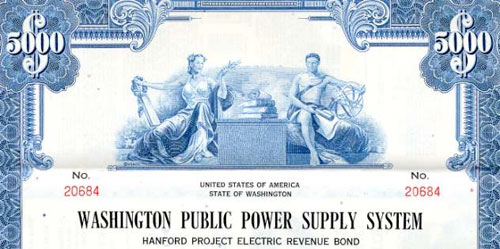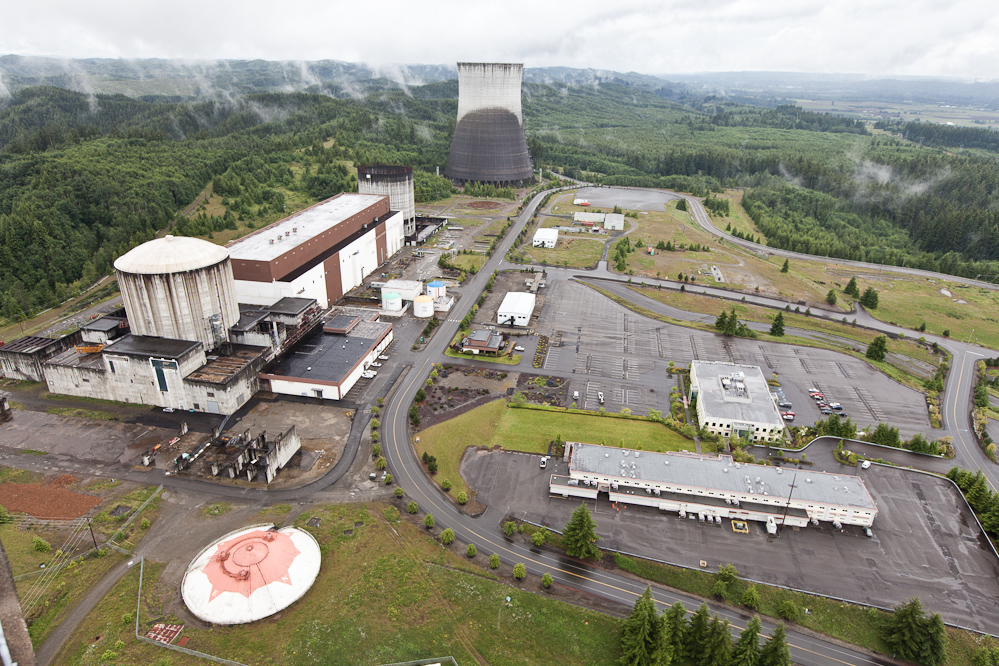
Blog
-
Geiger Readings for March 10, 2014
Ambient office = 111 nanosieverts per hourAmbient outside = 108 nanosieverts per hourSoil exposed to rain water = 113 nanosieverts per hourRed bell pepper from Central Market = 116 nanosieverts per hourTap water = 161 nanosieverts per hourFiltered water = 151 nanosieverts per hour -
Geiger Readings for March 9, 2014
Ambient office = 119 nanosieverts per hourAmbient outside = 104 nanosieverts per hourSoil exposed to rain water = 92 nanosieverts per hourCarrot from Central Market = 68 nanosieverts per hourTap water = 119 nanosieverts per hourFiltered water = 112 nanosieverts per hour -
Geiger Readings for March 9, 2014
Ambient office = 119 nanosieverts per hourAmbient outside = 104 nanosieverts per hourSoil exposed to rain water = 92 nanosieverts per hourCarrot from Central Market = 68 nanosieverts per hourTap water = 119 nanosieverts per hourFiltered water = 112 nanosieverts per hour -
Geiger Readings for March 8, 2014
Ambient office = 87 nanosieverts per hourAmbient outside = 113 nanosieverts per hourSoil exposed to rain water = 110 nanosieverts per hourHass avacado from Central Market = 73 nanosieverts per hourTap water = 104 nanosieverts per hourFiltered water = 85 nanosieverts per hourFinnish Salmon – PCaught in USA = 133 nanosieverts per hour -
Nuclear Reactors 106 – Washington Public Power Supply System History 2
My last post had to do with early Washington Public Power Supply System(WPPSS) history up to the 1970s. Today I am going to continue with the history of WPPSS.
In 1982, WPPSS halted the construction of two of the planned nuclear reactors. The projected costs of completing all five of the new reactors had risen from an estimated sixteen billion dollars to twenty four billion dollars. When the two reactors were cancelled, WPPSS was forced to default on two billion two hundred fifty thousand dollar worth of bonds that had been issued to cover the cost of construction. With the biggest bond default the country had ever seen, the utilities and the ratepayers had to repay the bond holders. Two more of the WPPSS reactors were never completed. Their costs were borne by the Bonneville Power Administration(BPA) with proceeds of hydroelectric dams on the Columbia River. Ultimately, of course, the BPA customers paid for the cancelled reactor construction.
After thirteen years of litigation, the various lawsuits were settled for seven hundred and fifty three million dollars. Some of the over seventy five thousand bond holders recovered forty cents of every dollar they had invested. Other investors only got ten cents for every dollar invested. It turned out that money allocated for the second two reactors were spent on the last two which further complicated the settlement of the bond default. Seattle owed fifty million dollars, forty three million of which was paid by insurance companies. The last of the settlements took place in 1995.
The only reactor to be completed by WPPSS of the five that had been planned was located at Hanford. It is now called the Columbia Generation Station. It currently supplies about twelve percent of the electricity sold by the BPA. The other four plants that were never completed were mothballed in case it was decided to finish them at some future time. In 1995, WPPSS decided that it would demolish the work that had been completed.
In 1998, WPPSS was renamed Energy Northwest. The reason for the name change was the concern that the costly failure of four of the five reactors projects would make it difficult for the corporation of obtain future investment if it retained the original name. Unfortunately, there was another company that had already been using the new name. WPPSS ultimately had to pay two hundred and sixty thousand dollars to settle a lawsuit over the name.
And now, in 2014, Energy Northwest is sending people to Olympia to convince the state legislature that new reactor construction should be considered by the State of Washington. There have been suggestions that any new reactor be constructed at Hanford which would suit Energy Northwest just fine. Unfortunately, since the construction of the only WPPSS reactor to be completed, another fault has been discovered under Hanford. In addition, a sixty five foot crack has been found in a spillway support of the Wanapum Dam north of Hanford posing a flood threat. Even if Washington State does decide to build a new reactor it would be best if it were not constructed at Hanford and not be connected to the massive collapse of an earlier nuclear reactor construction project.
WPPSS bond:
-
Radiation News Roundup March 7, 2014
Recent report says that Fukushima “far worse” than authorities admit. enenews.com
Japan newspapers are saying that it appears ‘high-level radioactive contaminated water’ is flowing into ocean at Fukushima. enenews.com
Jamie Edwards, who describes himself as an “amateur nuclear scientist,” claims to have achieved fusion earlier this week after researching and building a fusor. world-nuclear-news.org
A random fitness for duty test last week suggested a senior reactor operator at the Salem nuclear plant had been using cocaine. nuclearstreet.com
-
Geiger Readings for March 7, 2014
Ambient office = 77 nanosieverts per hourAmbient outside = 85 nanosieverts per hourSoil exposed to rain water = 86 nanosieverts per hourRomaine lettuce from Top Foods = 99 nanosieverts per hourTap water = 97 nanosieverts per hourFiltered water = 81 nanosieverts per hour -
Nuclear Reactors 105 – Washington Public Power Supply System History 1
I have been intending to talk about the failed Washington Public Power Supply System(WPPSS) reactor construction program but kept putting it off. Given that there is a new push for nuclear power in Washington State, perhaps this is the right time to talk about WPPSS.
WPPSS was set up as a municipal corporation in 1957 by the Washington State Legislature, giving it the same legal status as a city. The purpose of WPPSS was to provide a framework for public utility companies to combine their resources to build the power generation facilities necessary to insure a steady and adequate supply of electricity for the citizens of the state. Seattle City Light was the largest of the sixteen utilities that bought into WPPSS. The board for WPPSS consisted of directors from the member utilities. The first WPPSS project was a dam at Packwood Lake which was completed in 1964.
Early WPPSS projections suggested that the electricity consumption of Washington State would double every ten years. This would eventually exceed the capacity of hydroelectric generation in the state. There had been a national push for nuclear power generation in the fifties. As I have commented before, this was partially connected to the development and construction of the U.S. nuclear weapons arsenal. WPPSS concluded that nuclear power would be a good choice to provide clean and plentiful energy for future Washington State needs.
WPPSS began developing plans for a power reactor at Hanford. In 1971, public utilities in the state signed up to share the costs and benefits of the reactor. The following year, a second Hanford reactor and a reactor at Satsop in Gray Harbor County were proposed. Then a third Hanford reactor and a second Satsop reactor were added to the project.
The project was plagued by cost overruns and scheduling delays. The contractors often ran ahead of the designers resulting in designers often redrawing their plans to match what had been built. The regulatory demands of the Nuclear Regulatory Commission added to the costs. The biggest problem was the incompetent management of the WPPSS board of directors. In their defense, it can be said that they had no previous experience with the complex world of nuclear engineering. They had trouble selecting competent contractors and quality control inspectors often complained that work was not being done correctly or corrected after inspections. Even the board was not informed of all the problems and work delays as the project fell further behind schedule. Seattle City Light signed up to take power from the first three of the new WPPSS reactors. This obligated the ratepayers to pay for the construction of the reactors. In 1973, Seattle City Light was offered the chance to also participate in the construction of the planned fourth and fifth WPPSS reactors.
On the pro side of the debate over Seattle’s participation in the WPPSS project was the energy shortage of 1973 and low snow packs for hydropower around the same time. On the con side of the debate, the Washington Environmental Council filed suit against Seattle City Light to force an environmental impact statement to be produced with respect to the Hanford reactors which Seattle City Light had contracted with for future power. The law suit was dropped when the Superintendant of Seattle City Light agreed to open up the discussion to public input by creating a twenty seven member Citizen’s Oversight Committee. The Energy 1990 study was one result of this expansion of the process. Seattle City Light proposed a 10% share of two of the new reactors which was reduced to a 5% share later. The Committee rejected nuclear power generation and suggested that conservation was the best choice. The Seattle City Council agree with the Committee and rejected any investment in the last two of the new reactors. Conservation programs did help Seattle City Light meet its goals.
Satsop, Washington WPPSS construction site :





